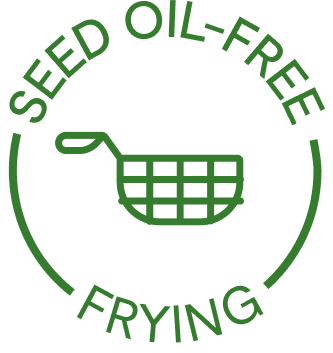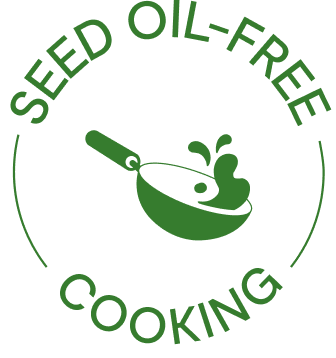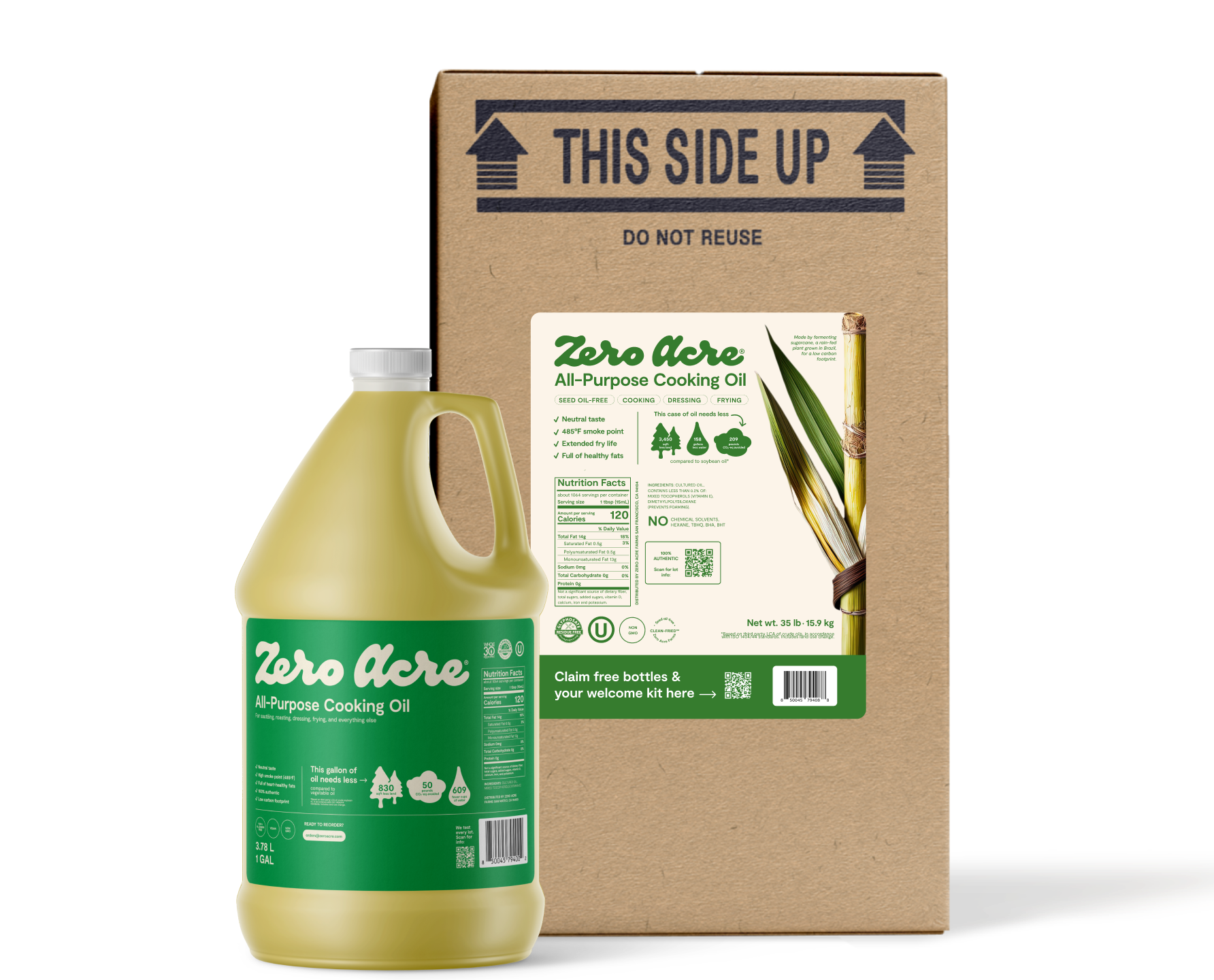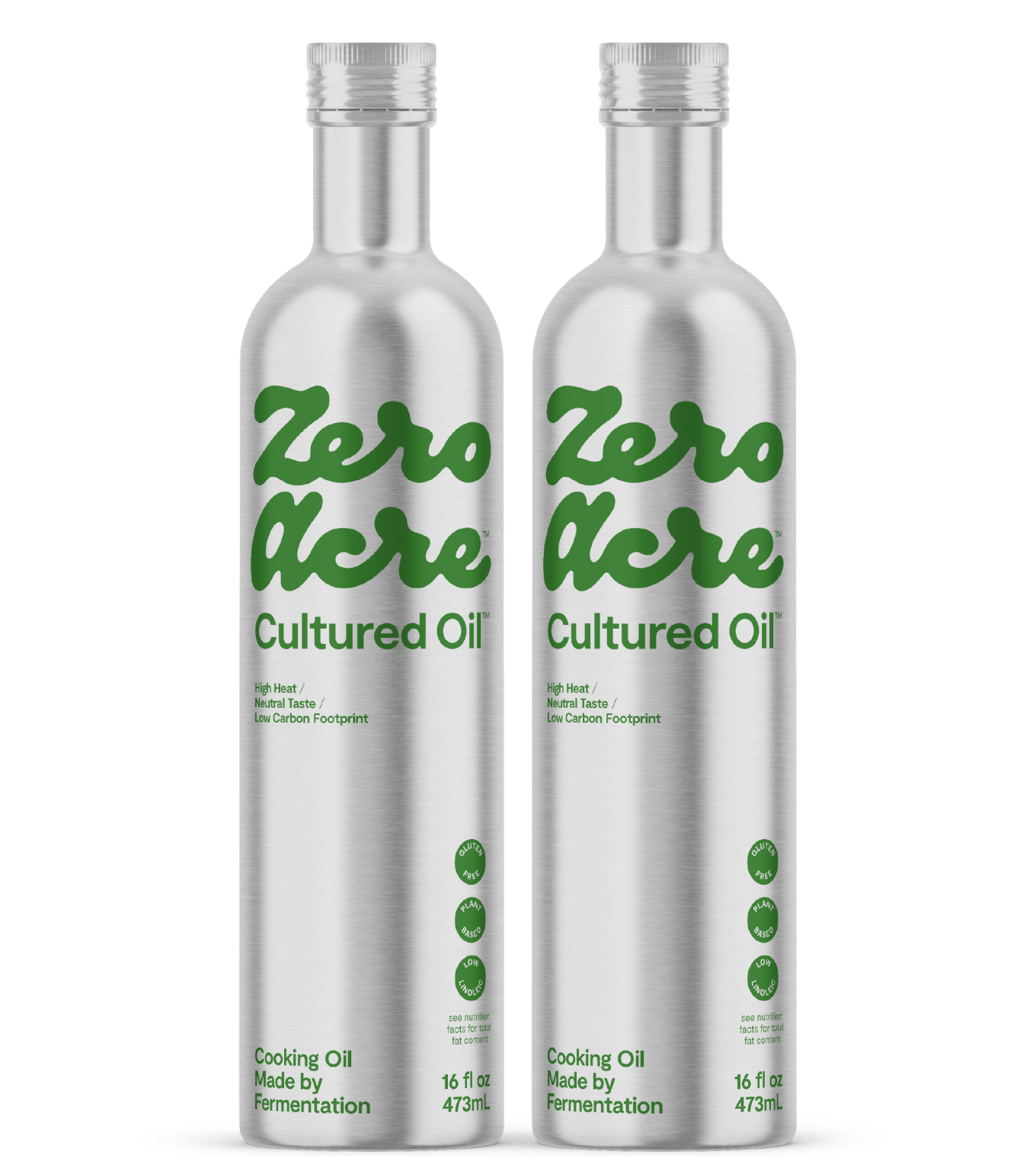WRITTEN BY: Corey Nelson
Article at a Glance
Commercial mayonnaise contains at least two-thirds vegetable oil by weight.
Most vegetable oils are actually seed oils like soybean or sunflower oil, which are high in omega-6 fats and linked to inflammation, obesity, and other health problems.
Healthier authentic mayo products made with avocado oil, olive oil, or coconut oil are available, or you can make your own using our delicious recipes.
It's also easy to create homemade vegan, low-calorie, or fat-free mayo without using unhealthy fats (and we'll show you how).
Introduction
Love it or hate it, mayonnaise is the most popular condiment in the world.
In the U.S. alone, it's a $2 billion a year industry, because the average American consumes over 4 pounds of mayo annually [*]. To put its popularity into perspective, the market for mayo is twice the size of the ketchup market and four times the size of the mustard market or hot sauce market [*].
Whether or not you agree with the outrageous popularity of plain mayo, it's likely in many of your favorite sauces. Mayonnaise is the base ingredient of aiolis, tartar sauce, ranch and thousand-island dressings, most fry-dipping sauces, and countless "secret sauces" and specialty sauces served at restaurants.
In this guide, you'll learn important health and nutrition info about mayonnaise, including the reasons most mayo options may be unhealthy, what to look for when you're shopping for mayo, the healthiest brands, mayonnaise substitutes, easy and healthy homemade recipes, and more.
Mayonnaise Ingredients and Nutrition Facts
Contrary to popular belief, mayonnaise isn't a dairy product.
According to FDA regulations, commercial mayo products must contain [*]:
At least 65% vegetable oil by weight
Vinegar or lemon or lime juice (or a combination)
Eggs or egg yolks
Optional ingredients that are commonly used include salt, sugar, natural flavoring, and preservatives.
Commercial and homemade mayo's unique, creamy texture occurs because the yolks are beaten and fluffed as the oil is added slowly. The acidifying ingredients add a mild, tangy bite.
A tablespoon of store-bought mayonnaise contains [*]:
94 calories (kcal)
0 grams of protein
10 grams of fat
1.5 grams of saturated fat
5.5 grams of omega-6 linoleic acid
0 grams of carbs
0 grams of fiber
A tablespoon of reduced-fat or "light" mayo has [*]:
37 calories (kcal)
0 grams of protein
3.5 grams of fat
0.5 grams of saturated fat
1.8 grams of omega-6 linoleic acid
1.5 grams of carbs
0 grams of fiber
A tablespoon of vegan mayonnaise contains [*]:
33 calories (kcal)
0 grams of protein
3 grams of fat
0.5 grams of saturated fat
1.3 grams of omega-6 linoleic acid
2.5 grams of carbs
0 grams of fiber
From a quick glance at the nutrition facts, mayo might seem like a benign food if consumed in moderation. However, most mayonnaise is high in an omega-6 fatty acid that's linked with health problems.
Is Mayonnaise Healthy?
The short answer is: it depends. Commercial mayonnaise brands contain seed oils, which are high in inflammatory omega-6 linoleic acid. Unfortunately, research links high linoleic acid consumption to health problems, including inflammation, obesity, chronic pain, heart disease, cancer, and more [*,*,*,*,*,*,*].
Food historians think the original mayonnaise recipe contained Spanish olive oil [*]. But today, mass-produced seed oils like soybean oil, sunflower oil, corn oil, and seed oil blends are commonly used in processed foods and condiments (including mayo) because they're cheaper than higher-quality oils.
The problem is that until recently, humans evolved on diets containing only 1-2% of their daily calories from linoleic acid, which they derived from minimally processed food sources like nuts, grains, and meat [*]. This omega-6 fat is required in low amounts, but higher intakes increase inflammation and disease risk [*].
During the 20th century, when industrial mass production of seed oils first became commonplace, there was an unprecedented increase in linoleic acid intake in the United States and elsewhere. And the average person today eats approximately 6-10% of their daily calories from linoleic acid — five to ten times what our bodies need [*].
A single tablespoon of mayonnaise made with soybean oil has nearly 6 grams of linoleic acid, and a large sandwich or a serving of egg salad or tuna salad normally contains about two tablespoons of mayo [*].
For an individual who eats approximately 2,000 calories per day, this means a typical serving of mayonnaise singlehandedly elevates your linoleic acid intake to 5.4% of daily calories, which is about five times higher than the evolutionarily appropriate, healthy level.
Of course, commercial mayonnaise isn't the only food that's high in linoleic acid. If you don't regularly read ingredient labels and avoid seed oils, you may be consuming unprecedented amounts at every meal. Restaurant foods, and especially fried foods, are another common source of linoleic acid that most people don’t even realize they’re consuming.
What to Look for in Mayonnaise
Shopping for better mayonnaise isn't difficult at all if you know what to look for. And fortunately, healthier options are available at most grocery stores.
First and foremost, make sure the nutrition label doesn't list any of these ingredients, all of which are moderately high to very high in inflammatory omega-6 fats:
Corn oil
Cottonseed oil
Grapeseed oil
Peanut oil
Rice bran oil
Safflower oil
Soybean oil
Sunflower oil
"Vegetable oil blend" (most of the time, this simply means soybean and sunflower oil)
Of course, authentic mayo still contains fat as the primary ingredient, so the best quality products substitute healthier oils in place of seed oils.
When you're purchasing mayonnaise, be aware that some companies list healthier oils on the front of the package (particularly olive oil), but the products often still contain undesirable seed oils that only show up in the fine print of the ingredients list.
It's also wise to choose products that contain no added sugar, synthetic flavoring agents, or artificial preservatives. These ingredients don't necessarily improve the taste or quality of authentic mayonnaise and are usually a sign of an inferior mayo.
Seed Oil-Free Mayonnaise Brands
You can buy seed-oil-free mayonnaise made with avocado oil, olive oil (as in the original recipe), or coconut oil. These options are much lower in unhealthy omega-6 fats.
And while they have a subtly different flavor profile, they may taste fresher than mayos made with seed oils. Linoleic acid, the predominant fatty acid in seed oils, is an unstable polyunsaturated fat that breaks down during processing and storage, which can lead to a stale or rancid taste.
Chosen Foods 100% Avocado Oil-Based Classic Mayonnaise
Chosen Foods Classic Mayonnaise is a popular classic mayo made with avocado oil. It contains cage-free eggs, organic ingredients, and no added sugars or synthetic preservatives.
Ingredients: Avocado oil, filtered water, egg yolks, organic whole eggs, organic distilled white vinegar, organic mustard (distilled organic vinegar, water, organic mustard seed, salt, organic spices), salt, organic rosemary extract.
Hunter & Gather 100% Olive Oil Mayonnaise
It's nearly impossible to find 100% olive oil mayo — almost every brand contains a blend with around 75% seed oils (usually soybean or canola) in addition to olive oil.
UK-based Hunter & Gather sells a reasonably-priced mayo that uses Spanish olive oil exclusively and is one of only two brands that offer such a product (the other is Ybarra, a Spanish company, which doesn't have worldwide distribution).
Ingredients: Spanish olive oil (80%), pasteurized British free-range egg yolk (9%), apple cider vinegar, Himalayan salt.
Thrive Market Coconut Oil Mayonnaise
Thrive's seed-oil-free mayo offering uses a base of coconut oil. Some customers prefer the unique flavor profile. It also contains a very small amount of added honey (contributing less than 1 gram of sugar per serving), and the eggs are from cage-free hens.
Ingredients: Coconut oil, organic egg yolks, organic distilled vinegar, water, organic honey, salt, organic lemon juice, mustard, rosemary extract
Chosen Foods Classic Keto Mayo with MCT Oil
Most mayo is low enough in carbohydrates to be considered keto-friendly, but Chosen Foods' Keto Mayo includes a special ingredient. The medium-chain triglycerides or MCT oil, derived from coconut oil, increase your body's production of anti-inflammatory ketones whether or not you follow a ketogenic diet [*].
Ingredients: Refined coconut oil (medium chain triglycerides), egg yolks, water, distilled vinegar, salt. Less than 1%: Mustard, organic rosemary extract
Zero Acre Oil Mayo Recipe
Making your own mayonnaise is a fun, easy way to reduce your seed oil consumption and discover your favorite twist on classic mayo.
Zero Acre oil is a new type of cooking oil made through fermentation. It contains over 90% monounsaturated fats and the lowest level of inflammatory omega-6 linoleic acid (less than 3%) of any liquid cooking oil. It's also much better for the environment than conventional oils.
Homemade Zero Acre Oil Mayonnaise (makes 1 cup):
1 large egg yolk, at room temperature
2 teaspoons (10 ml) lemon juice
1 teaspoon (5 ml) Dijon mustard
1/4 teaspoon kosher salt or sea salt
1 teaspoon (5 ml) cold water
3/4 cup (177 ml) Zero Acre oil
In a medium bowl, whisk the egg yolk, lemon juice, mustard, salt and 1 teaspoon cold water together until frothy. Starting drop by drop, slowly add the oil while whisking constantly. When the mayonnaise is thick and emulsified, you can add the remaining oil in a steady stream.
Refrigerate your homemade mayo and it should last about two weeks.
Healthy Mayonnaise Alternatives
Eliminating unhealthy seed oils is the biggest reason to steer clear of commercial mayonnaise products. However, if you're vegan or follow a low-fat or low-calorie diet, alternatives to mayo that don't contain eggs or have less fat can work — even where healthier versions of classic mayo may not.
Vegan Mayonnaise Substitutes
All vegan mayonnaise substitutes and recipes exclude eggs, but many still contain seed oils. Companies like Avonaise, Chosen Foods, and Thrive Market offer vegan avocado-oil-based mayo with ingredients like avocado, chickpeas, or fava beans in place of eggs, but you can also make your own.
Vegan mayo recipe (makes 2 cups):
A cup and a third (315 ml) of Zero Acre oil, olive oil, avocado oil, or coconut oil
Two-thirds of a cup (160 ml) of unsweetened soy milk or aquafaba (chickpea cooking liquid)
1 tablespoon of vinegar (distilled, red or white wine, or apple cider)
1 teaspoon Dijon mustard or 1/2 teaspoon dry mustard
1 teaspoon fresh-squeezed lemon juice
1/4 teaspoon sea salt (or to taste)
Ensure all the ingredients have reached room temperature, then add the soy milk or aquafaba to a food processor, blender, or bowl (if using an immersion blender). Process or blend for 1-2 minutes, or until the liquid thickens.
Add vinegar, mustard, lemon juice, and salt to the thickened liquid, then process or blend for 30 seconds or until well-mixed.
Use a spatula to scrape any excess off the sides and bottom of your container, then mix while slowly adding a few drops of oil at a time simultaneously.
When you've added about a third of the oil, the mixture should be noticeably thicker due to emulsification. Scrape the sides again, then slowly add the rest of the oil as you continue mixing.
Store it in the fridge.
Reduced-Calorie Greek Yogurt Imitation Mayo Recipes
Plain, unsweetened Greek yogurt has a thick, creamy texture similar to authentic mayonnaise, but with fewer calories, less fat, and more protein.
You can mix it with real mayo to make a "lite" version, or create your own imitation lower-fat or no-fat imitation mayonnaise from scratch. Greek yogurt also works well as a one-for-one substitute in most recipes that call for mayo.
Nonfat Greek yogurt is available, but even full-fat Greek yogurt has significantly less fat than mayo, so either type can work for mixing, imitation mayo, or substitutions, depending on your dietary needs and taste preferences.
To make a reduced-calorie mayo blend, simply mix equal parts Greek yogurt and mayonnaise (preferably a brand without seed oils!). You can also add salt, vinegar, or lemon juice to taste.
Low-calorie Greek yogurt imitation mayo (makes 2 and 1/4 cups):
One cup (236 ml) of plain, unsweetened Greek yogurt (optionally nonfat)
2 tablespoons (30 ml) apple cider vinegar
2 teaspoons (1/4 cup) of arrowroot or cornstarch
1 tablespoon (15 ml) Dijon mustard
1/2 teaspoon salt
1/2 teaspoon (2.5 ml) lemon juice (optional)
Allow the ingredients to come to room temperature, then heat the vinegar in a small saucepan over low heat. Whisk the arrowroot or cornstarch into the vinegar until thickened, then remove from heat.
Add the yogurt to a bowl or food processor, then whisk or mix while slowly adding the thickened vinegar. Scrape with a spatula, then add remaining ingredients and continue stirring or mixing until thoroughly blended.
Store in an airtight container in the refrigerator until the mixture cools and thickens, which takes about two hours.
The Takeaway
Most commercial mayonnaise is high in unhealthy omega-6 fats, but some brands offer healthier alternatives made with avocado oil, olive oil, or coconut oil.
You can also make your own delicious mayo at home with Zero Acre oil, a new, environmentally-friendly cooking oil that's low in omega-6 linoleic acid with a clean, neutral taste.
Switching to healthier mayonnaise that's made without seed oils is important, but lowering your linoleic acid levels as much as possible also requires eliminating other common sources, especially processed food and seed-based cooking oils.
Instead, switch to vegetable oil alternatives that are low in inflammatory omega-6 fats. But rather than throwing out your soybean, sunflower, or other seed oils, keep them on hand to season cast iron pans, lubricate squeaky door hinges, and for other household uses that don't involve eating them.

The Ultimate Seed Oil-Free Shopping List: 65+ Must-Haves
This seed oil-free shopping list has everything you need for a well-stocked kitchen, from cooking ingredients to ready-to-eat meals, snacks, dips, and more.
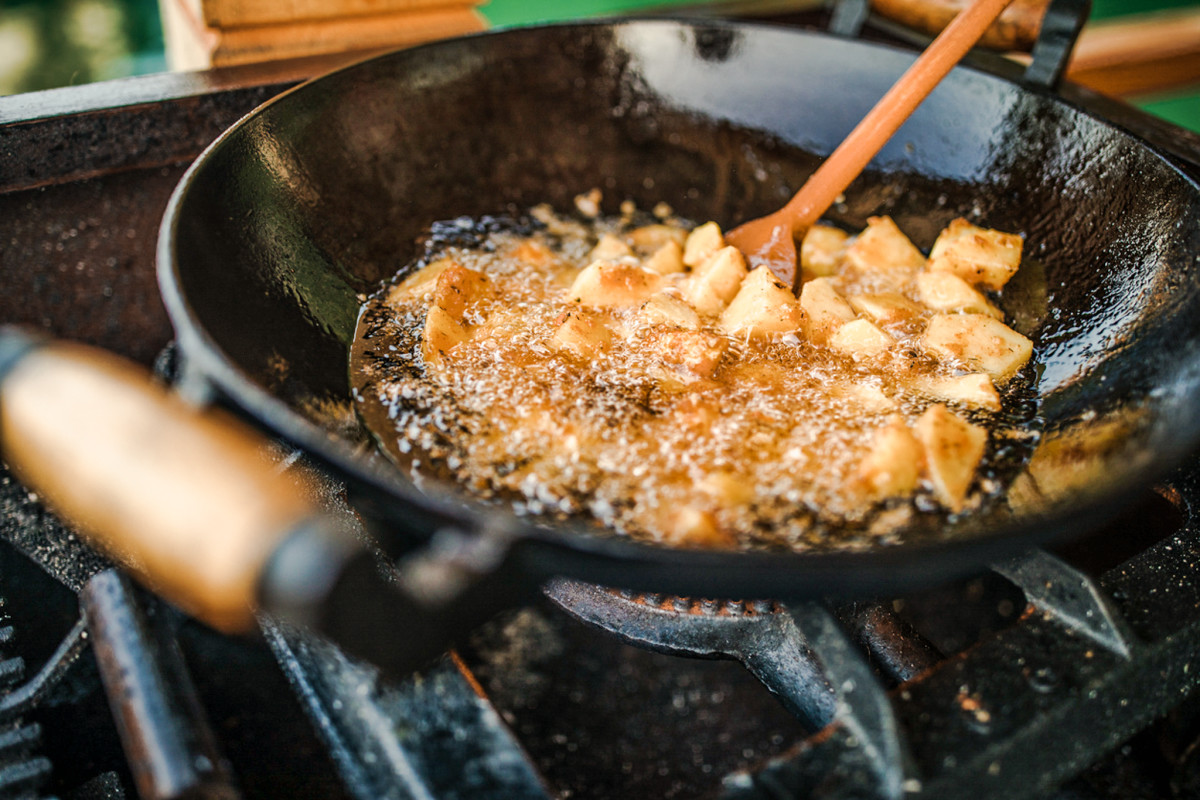
Are Seed Oils Toxic? The Latest Research Suggests Yes
Seed oils never underwent safety testing for premarket approval. Here, we examine the disturbing toxicity and safety data that have come to light recently.

The Big List of Seed Oil-Free Snacks
Choosing quality seed oil-free snacks means reading labels, which can be a hassle. Here’s a full list of seed oil-free snacks so you don’t have to think about it.

